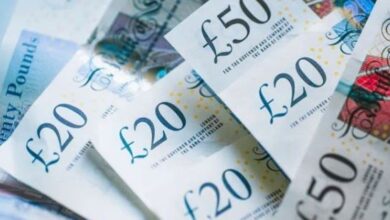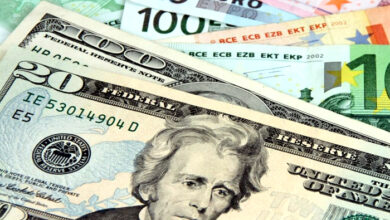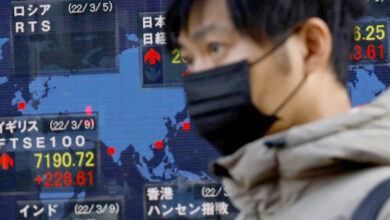Analysts say the worst is over for the Indian rupee; inflows will be important in 2023.

Early in 2023, the Indian rupee is likely to stay in a narrow range, but traders and analysts say the worst may be over.
The local currency stayed close to its all-time lows for most of December, but investors said it wasn’t a big deal because they were counting on money flowing into stocks and bonds in 2023 because of a possible global recession.
“Now that it has caught up with its Asian peers, the rupee should do better in the next six months,” said Abhilash Koikkara, head of forex at Nuvama Professional Clients Group.
Related: As the Indian rupee falls even more, the RBI may need to add to its reserves, says an HDFC Bank economist.
“Equity flows should go back up because a global recession is likely, but India shouldn’t be affected by it.” “Also, if commodity prices went down, it could help our trade deficit,” he added.
In the July-September quarter, India’s current account deficit grew to a level not seen in more than nine years. This was due to high commodity prices, which pushed up the trade deficit. This was shown by data from the Reserve Bank of India (RBI) on Thursday.
Even though both global commodity prices and the U.S. dollar went down in the last three months of 2022, the rupee did not take advantage of this. Worsening balances with other countries and worries about a drop in exports were factors.
The rupee will end the year down almost 11% against the U.S. dollar, which will be its worst year since 2013. [INR/]
Traders also said that the weakening of the domestic currency was due to a shortage of cash dollars at the beginning of December. This shortage was caused by importers, corporations, and possibly foreign investors who wanted to bring their holdings home.
Most bankers and analysts thought that the rupee would trade between 81.50 and 83.50 in the first quarter of 2023. They thought that the RBI would step in to keep the currency from fluctuating too much and to build up its foreign exchange reserves at the same time.
So far in 2022, foreign investors have sold about $16.5 billion worth of stocks, while they bought a net of $3.76 billion worth of stocks in 2021. How the flows go will be very important for the rupee in 2023.
“Equity inflows usually start in January,” said Ritesh Agarwal, head of treasury at CTBC Bank. “But I think dollar demand will continue to be much higher than dollar supply, so there may only be an initial appreciation.”
We need to keep an eye on how the COVID situation develops in China and the rest of the world because it could boost the dollar again, he said, predicting that the rupee will fall to 84 by early next year.
Related: Asian currencies were quiet before the U.S. payrolls report, and the Indian rupee rose on a rate hike.
$1 equals 82.7600 Indian rupees





